Japanese master sword makers, had to find new ways for the finest blades in the world to come to the light after the katana – Japanese sword, had been proclaimed to be an illegal weapon after the second world war.
Only rare and fortunate of the Japanese citizens can own a katanablade. These swords must be Japanese-made blades that are registered with the Nihon Token Kai (Japanese Sword Association) and must exhibit historical or cultural significance. A certificate of authenticity and ownership permit are necessary. In Japan, sword smiths are allowed to produce only two swords a month as cultural artifacts. Unlicensed swords or those made by unlicensed smiths are confiscated, and the owner may be charged with possession of an illegal weapon.
Therefore many former sword smiths with long family traditions, some of them quite far to samurai times, had to find new ways to produce what they know best – the blades. And they found it: all the knowledge and stunning craftsmanship went into the production of Chef Knifes. I was blessed to get a very close access to several master blade smiths, from north of the main Honshu island of Japan to the southern island of Kyushu to document the way of the blade. This series is just a glimpse, a brief dive into the world of heavy duty world of darkness, fire and ice, where very old traditional methods are being mixed with some serious state of the art modern tools and other procedures needed to ever improve the quality of the blade. The finest details are still made the only way possible, by the sheer skill of the blade smith and his silky rubbery hands battered by the time in the hellish environment. The effort, dedication, will and the ingenuity to produce a piece of art from a shapeless form of the hardest metals on the planet is unmatched in the world. The first contact was made, and the story will continue…
About Mitja Kobal
Mitja Kobal is an independent professional photographer born in Slovenia , now based in Vienna, Austria. He’s working across several fields of photography from documentary and portrait to industrial and architecture. He’s been also working as a Greenpeace photographer. It’s always a pleasure to do and live what you love and to do it with a cause. [Official Website]
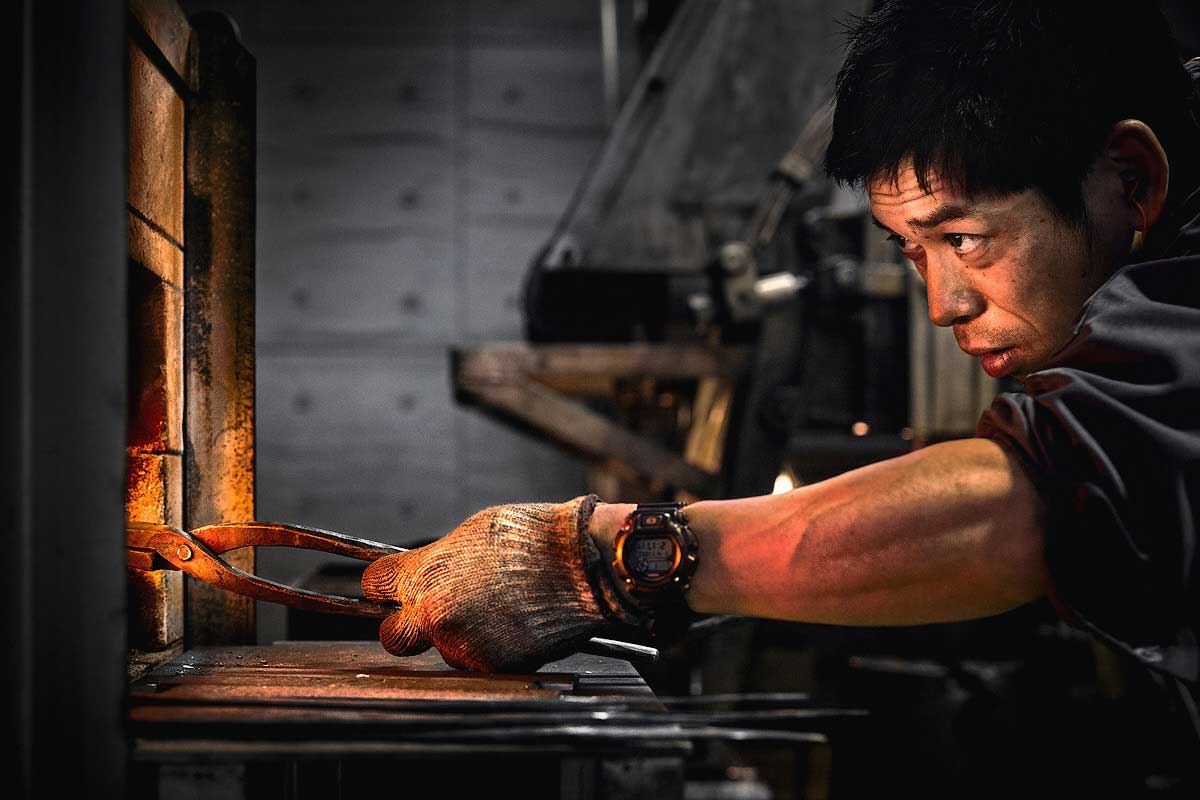
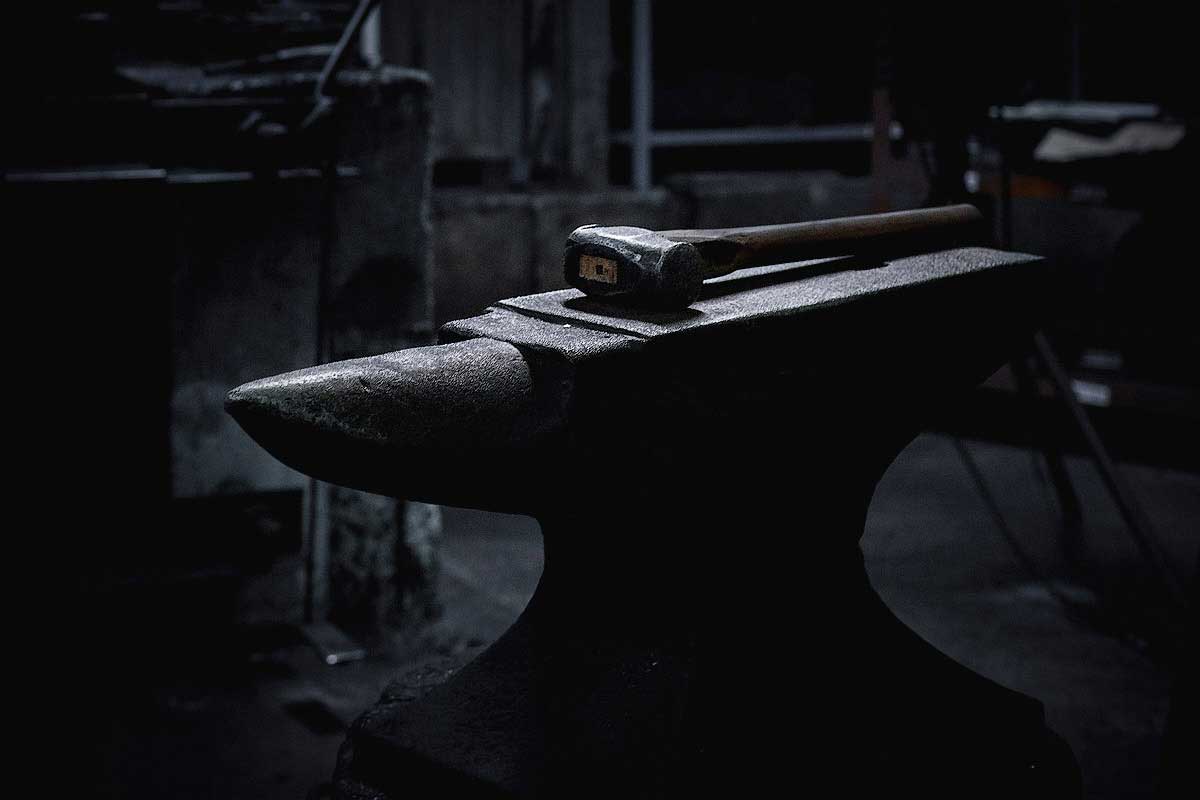
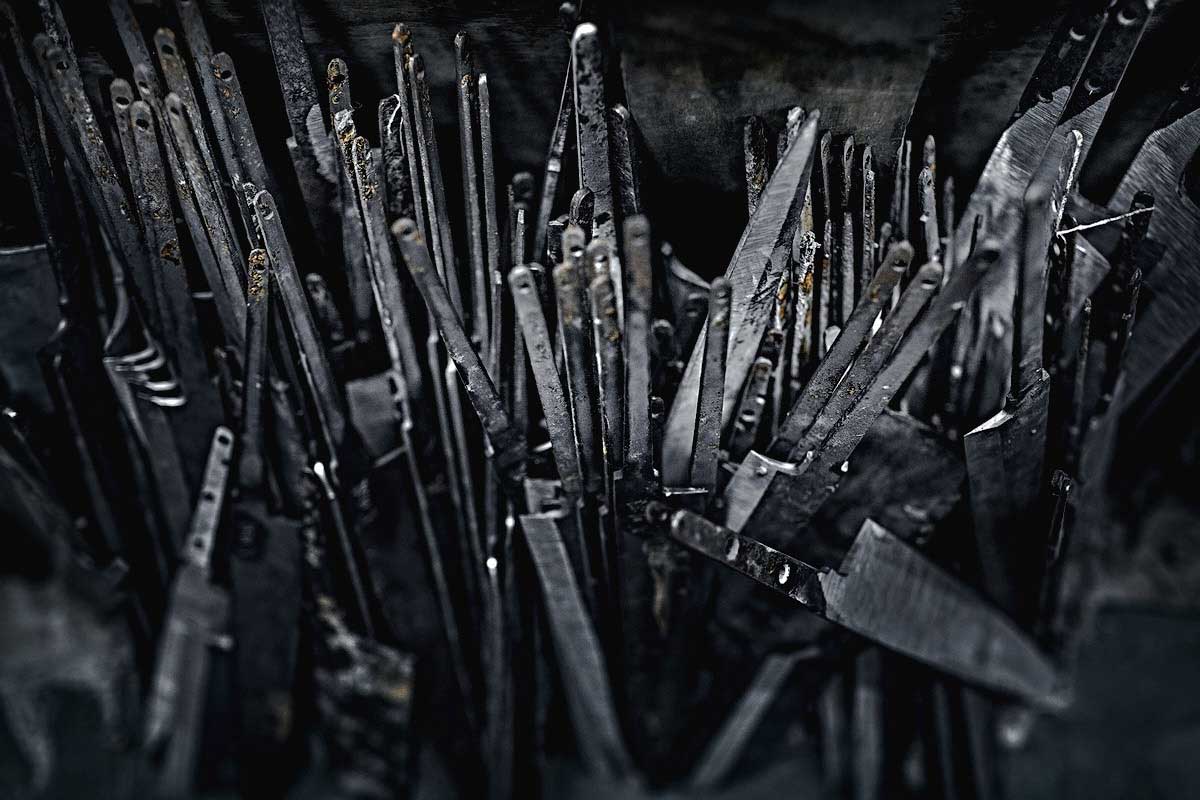
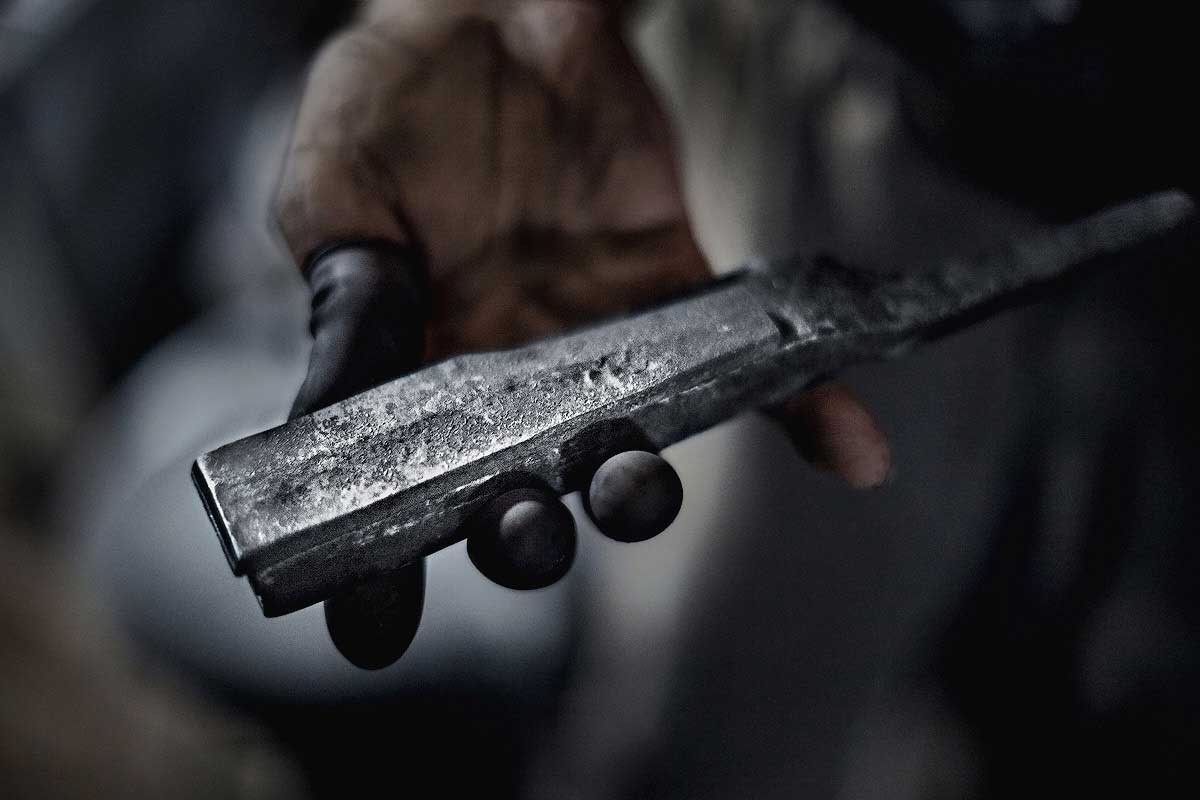
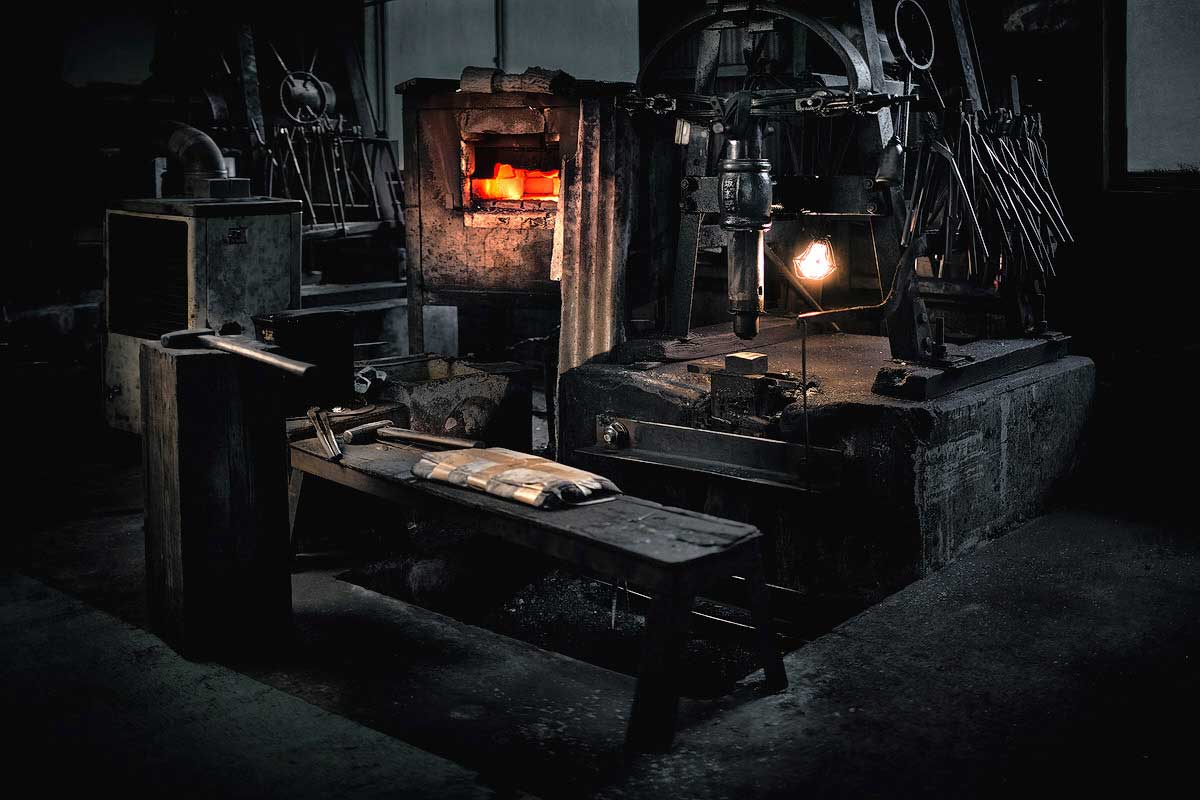
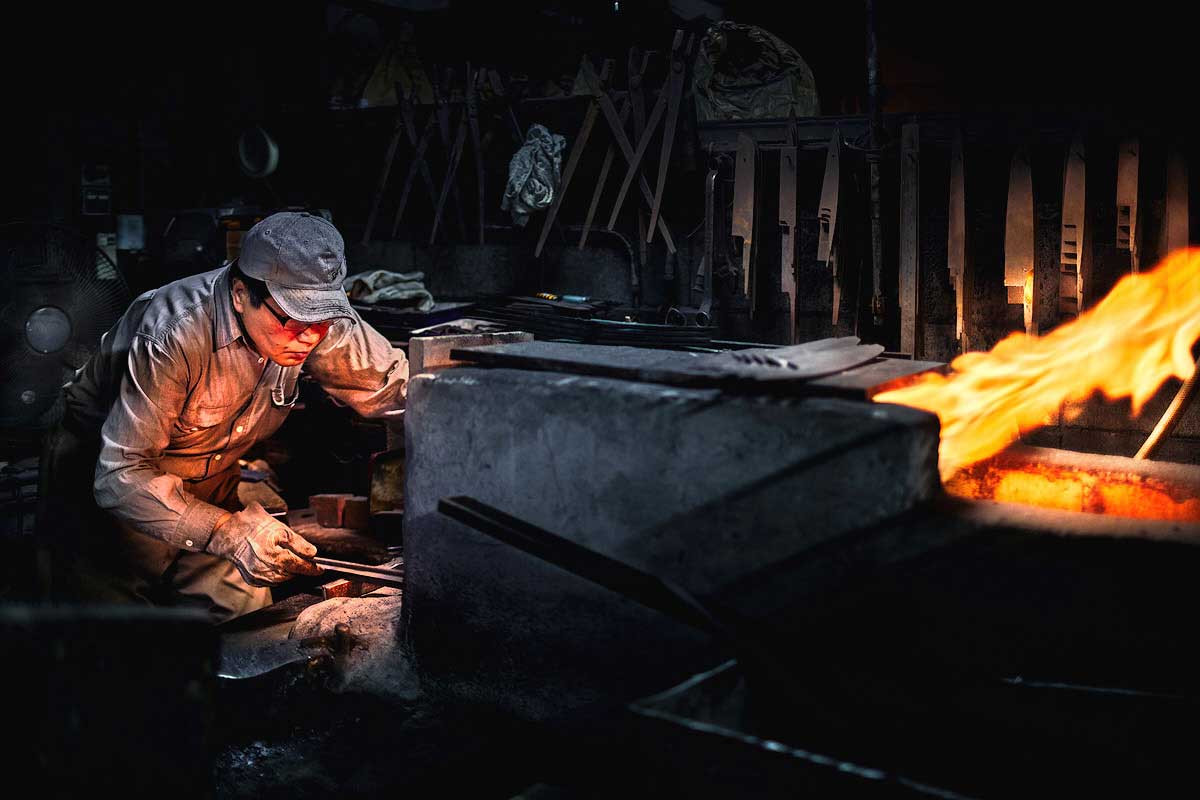
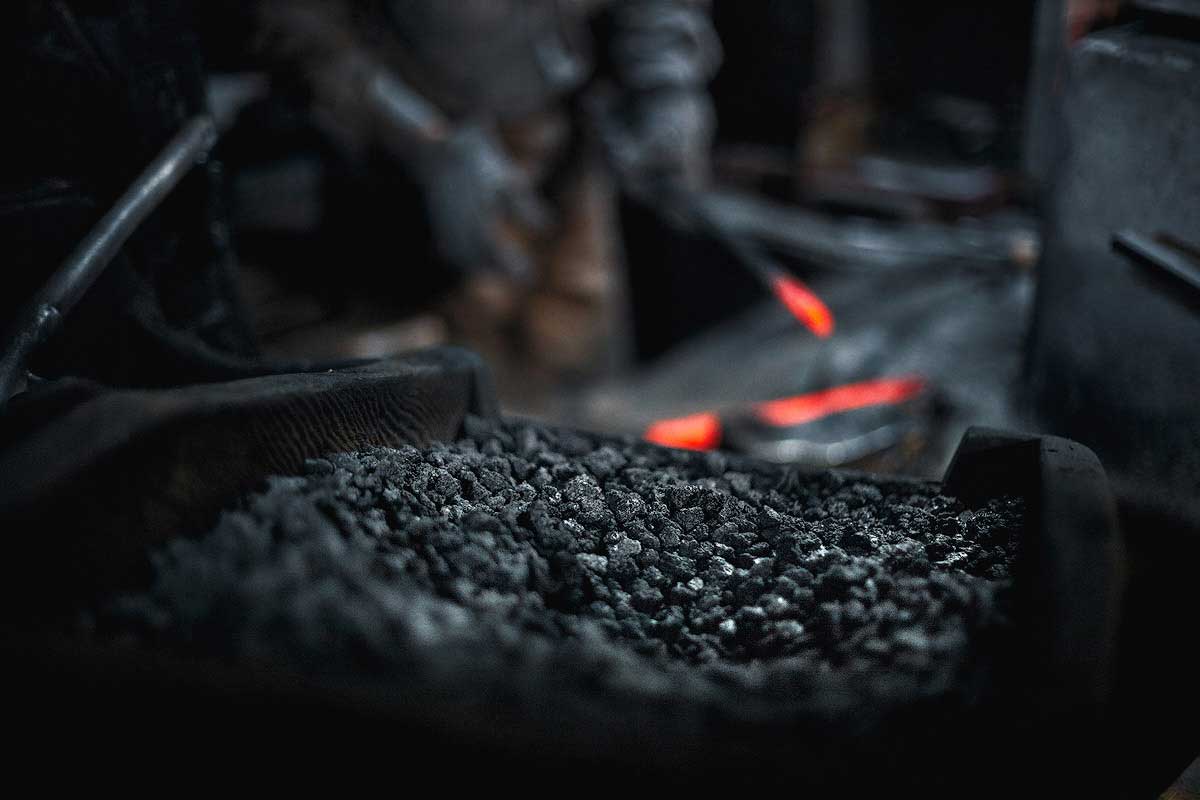
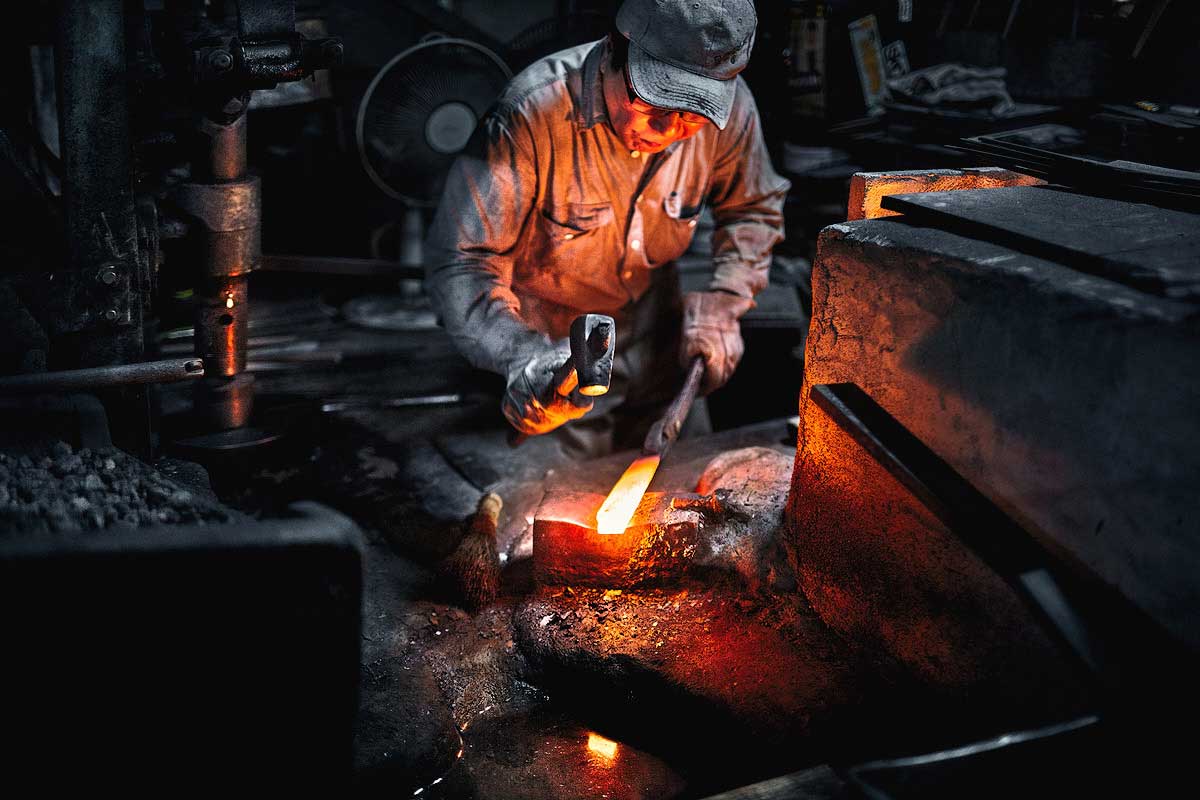
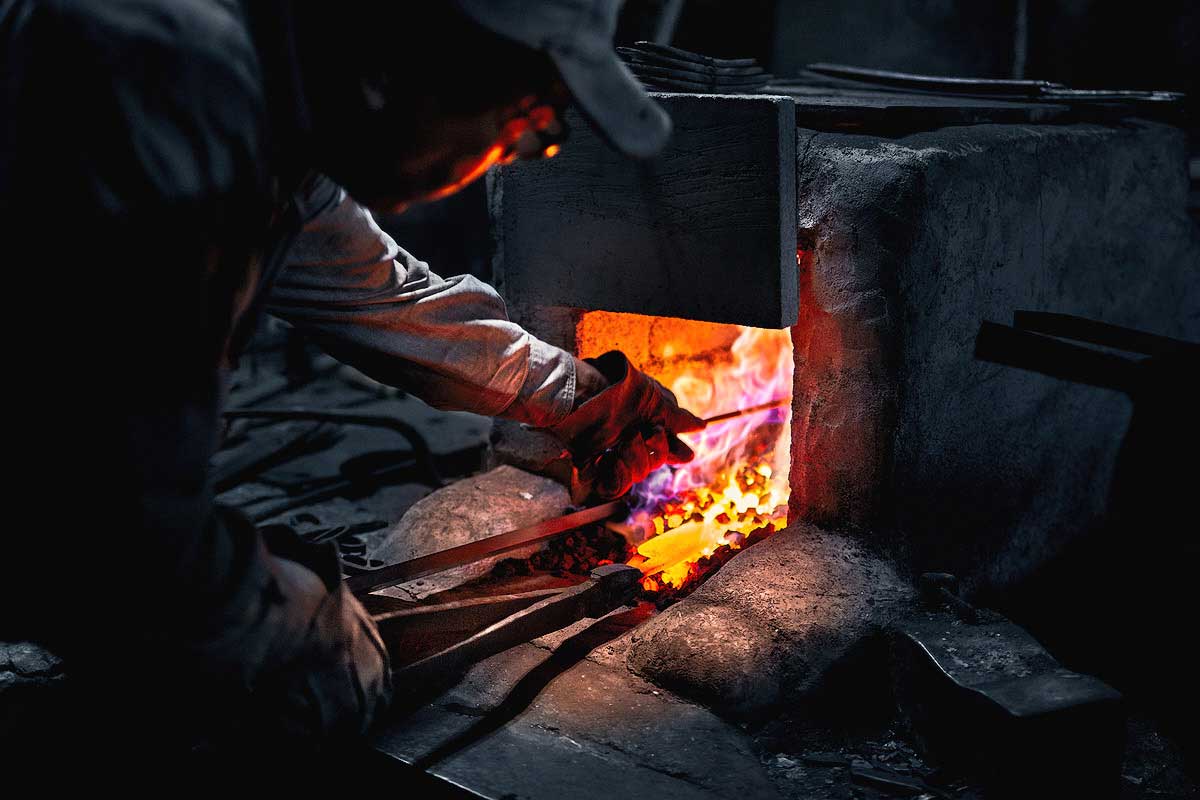
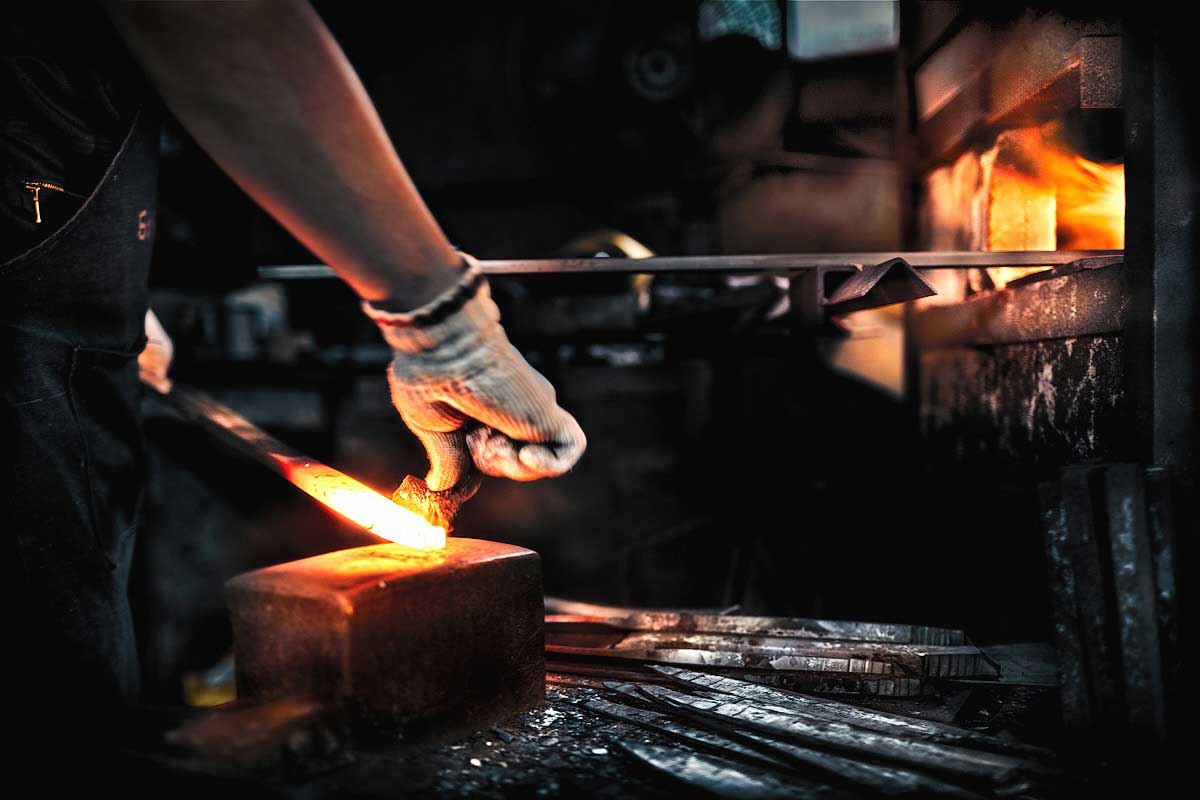
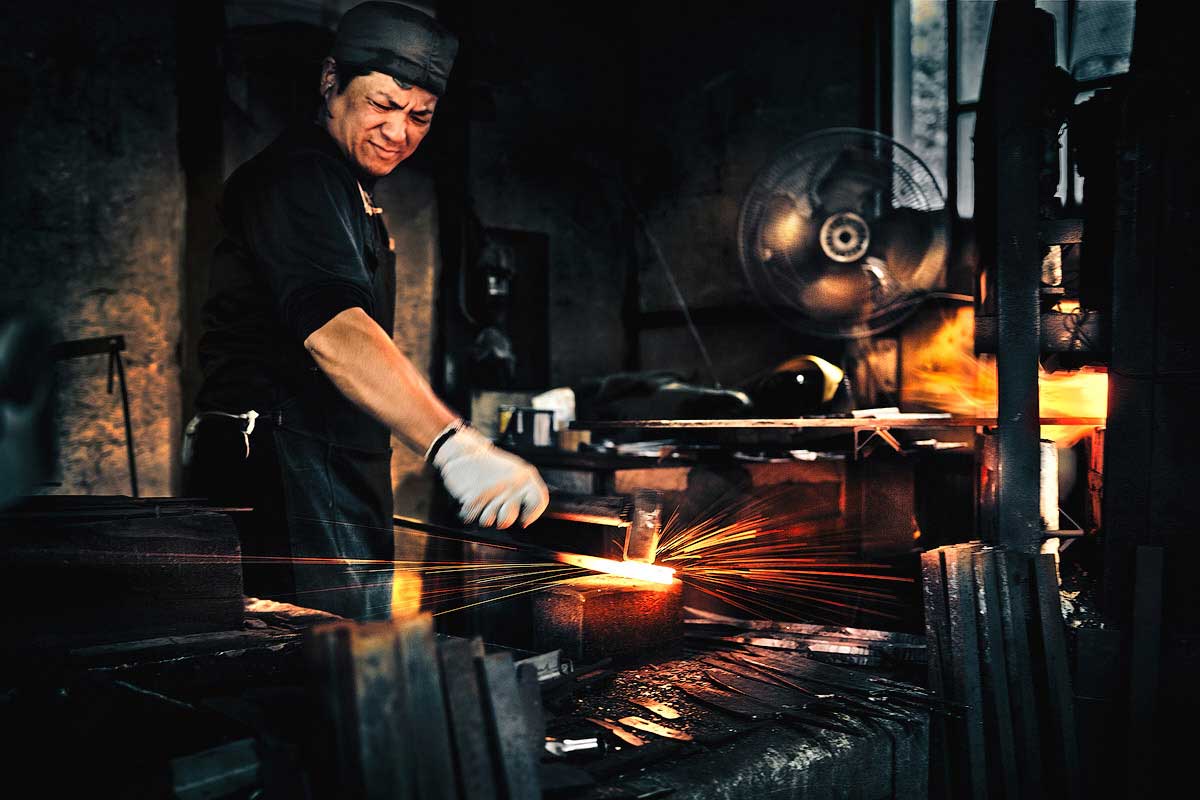
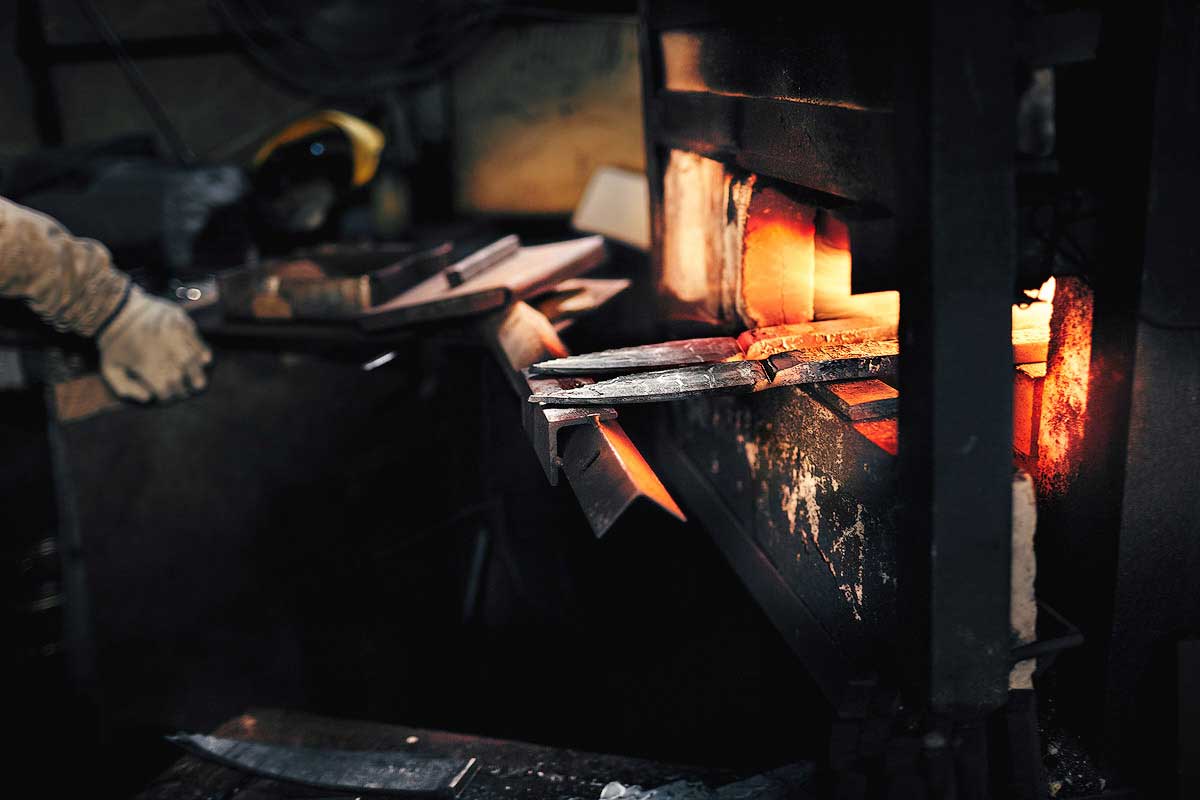
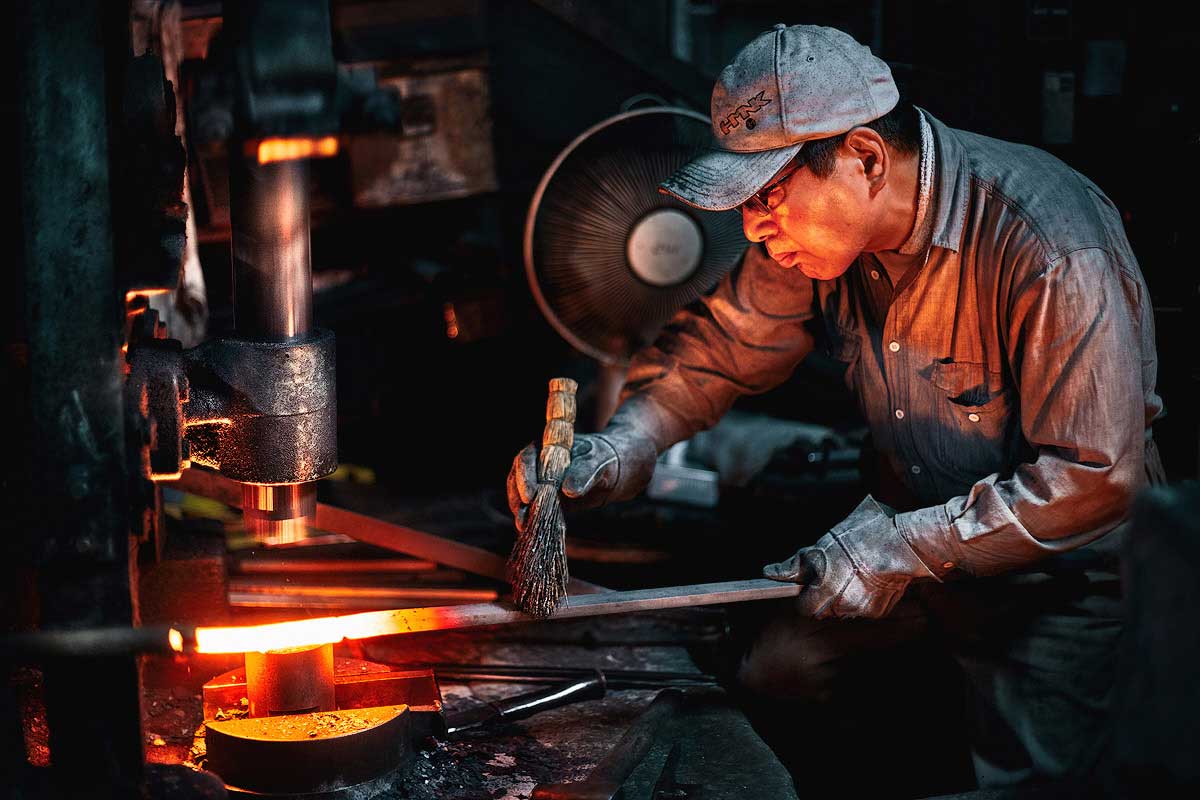
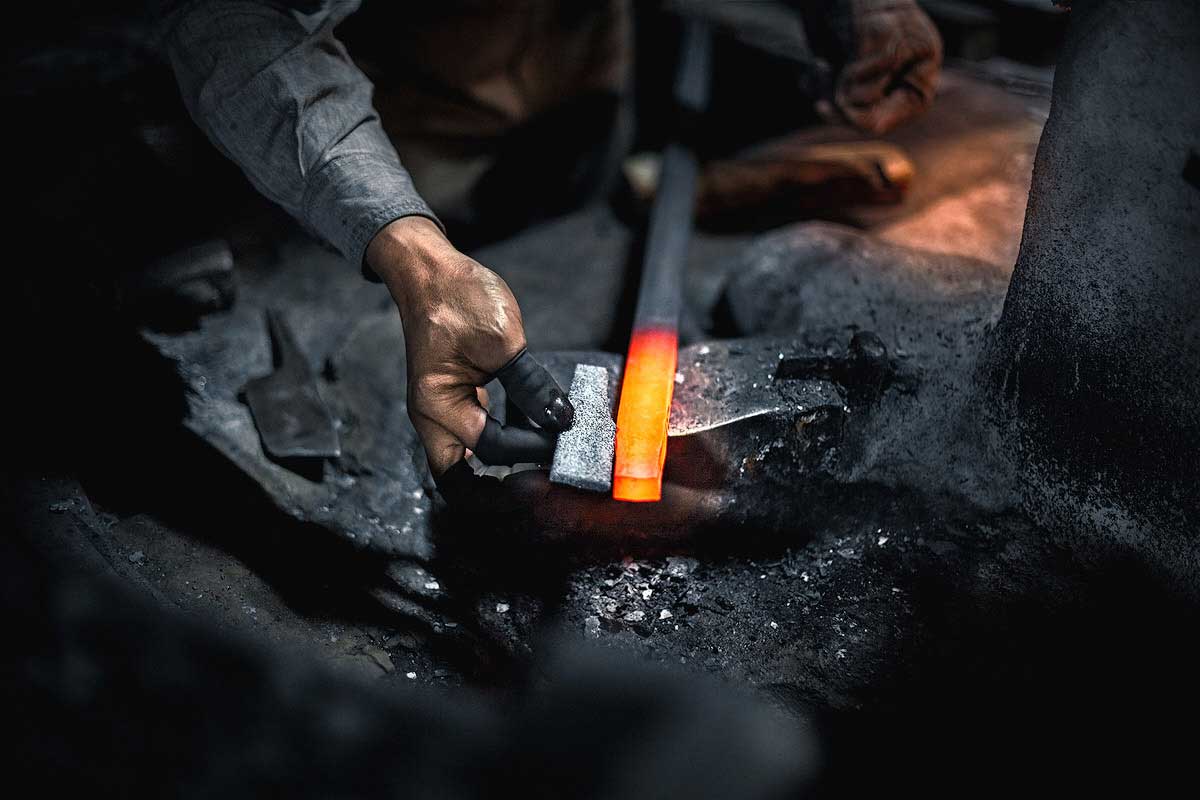
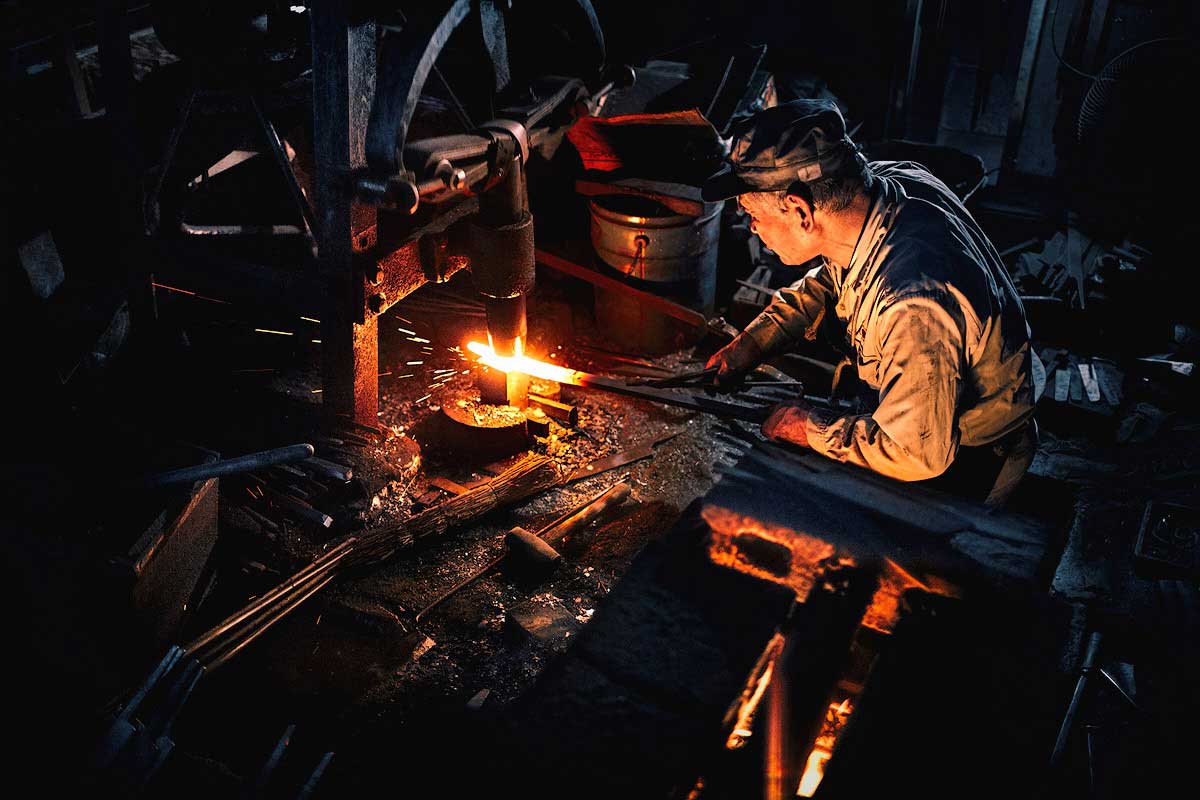
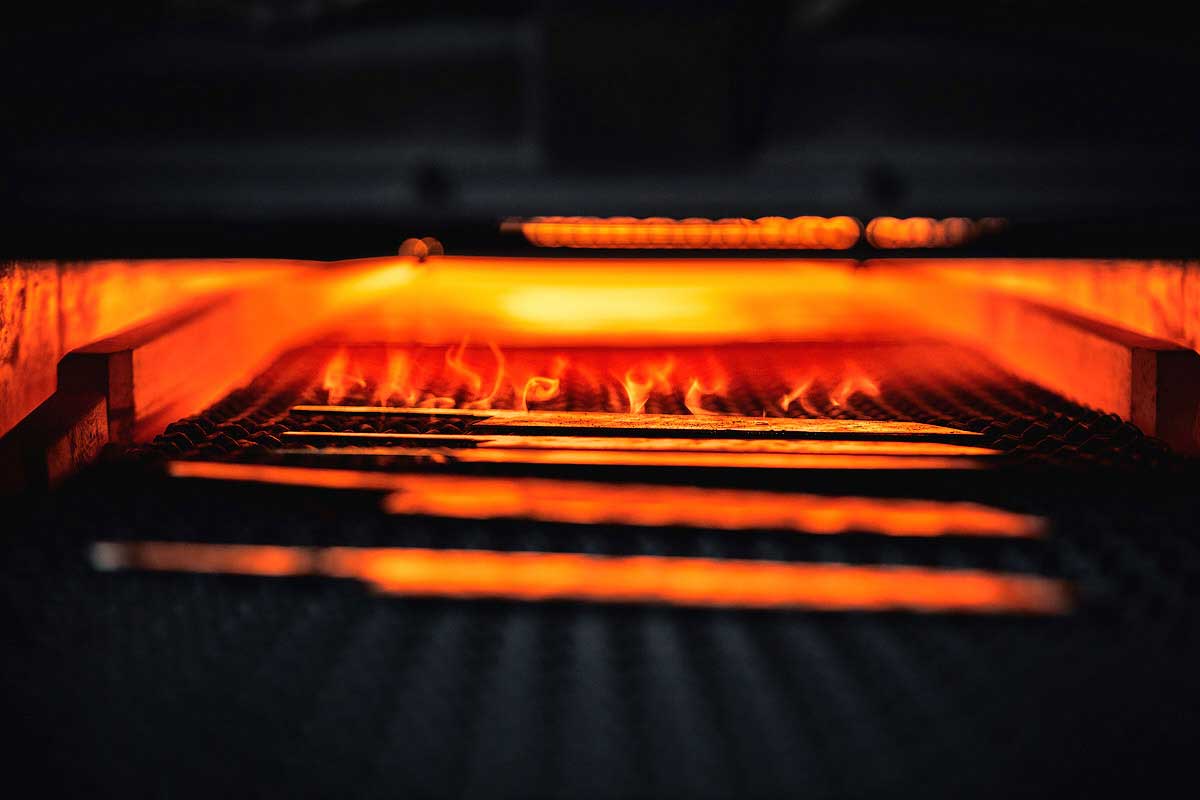
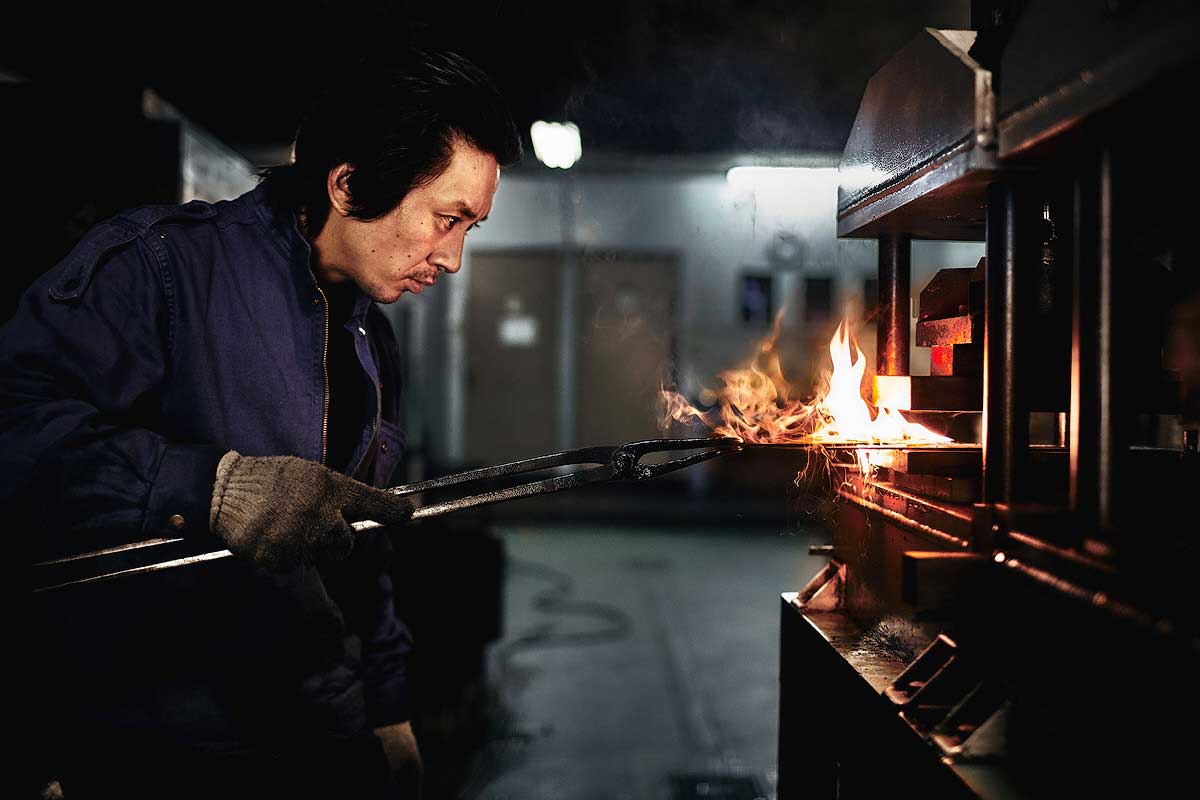
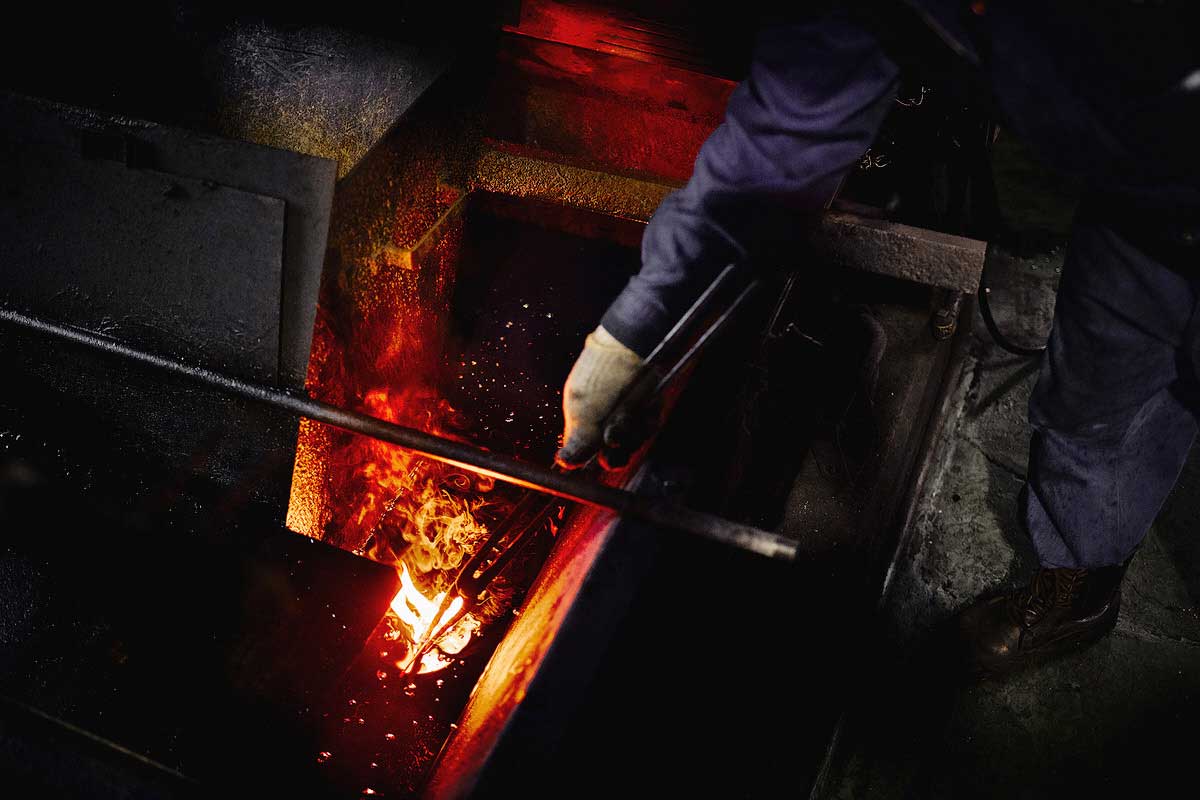
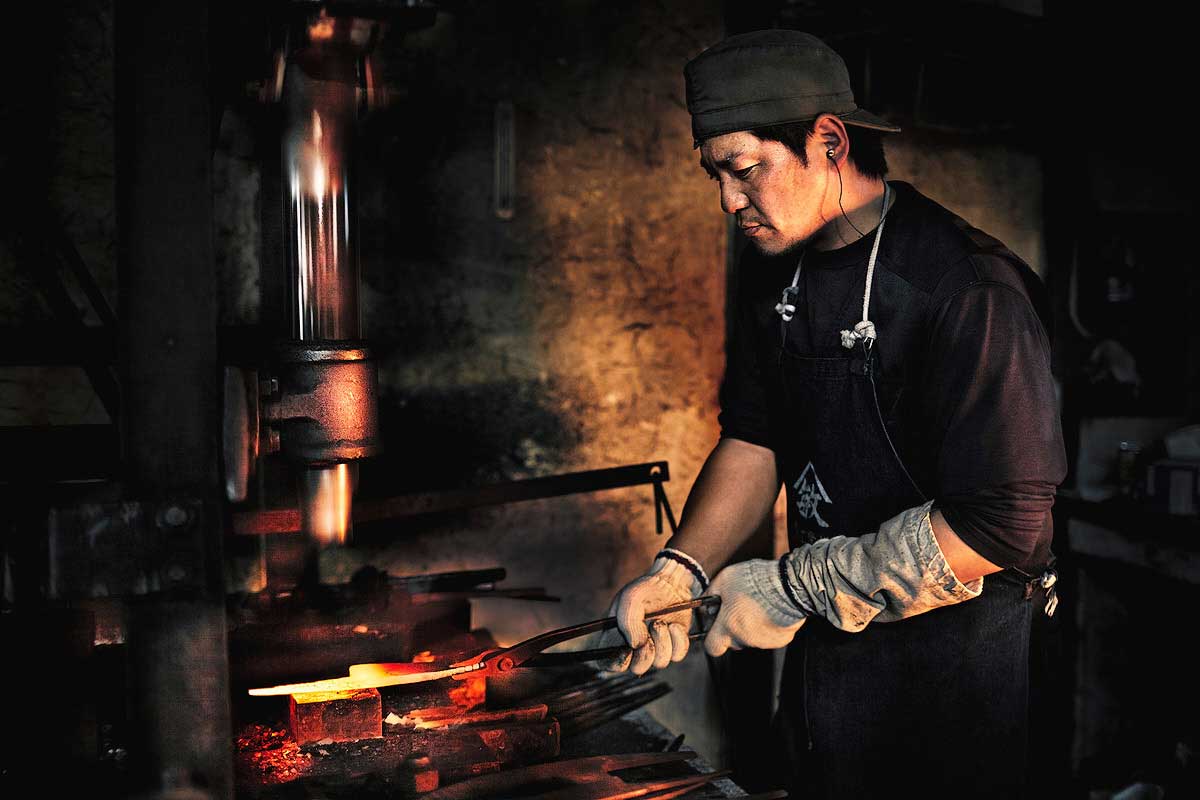
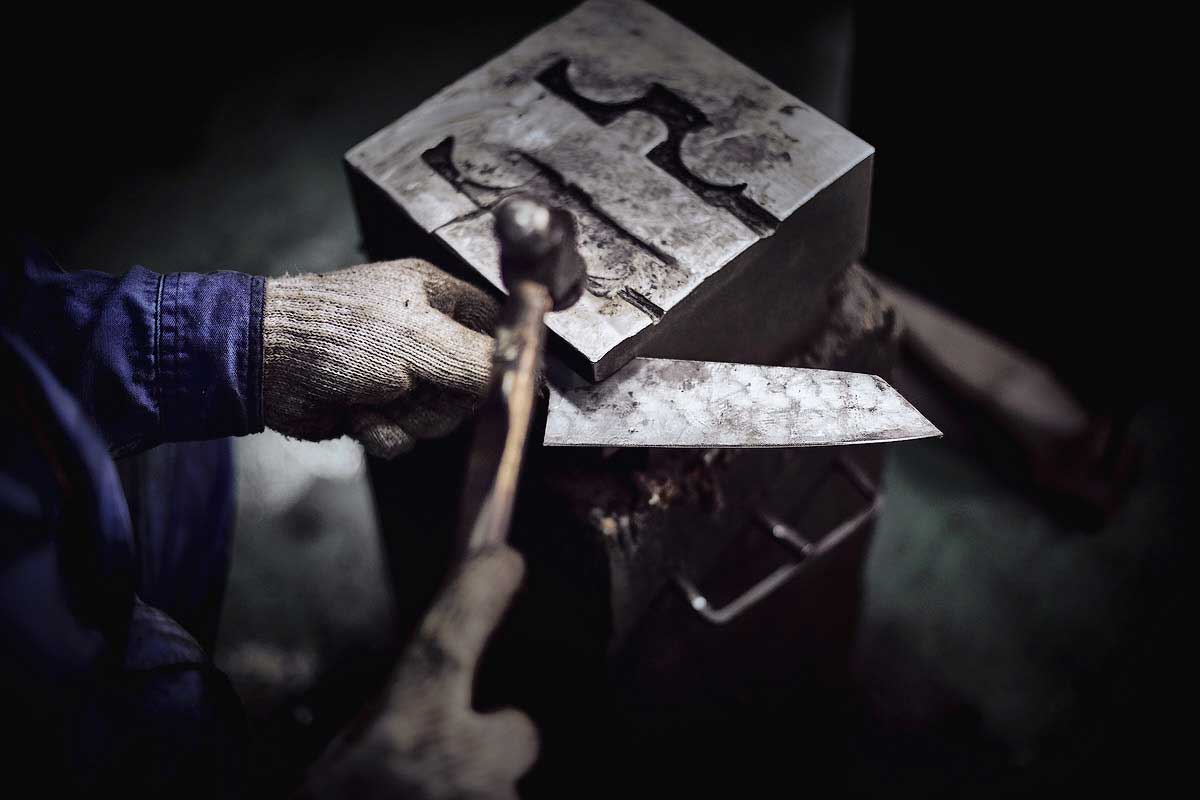
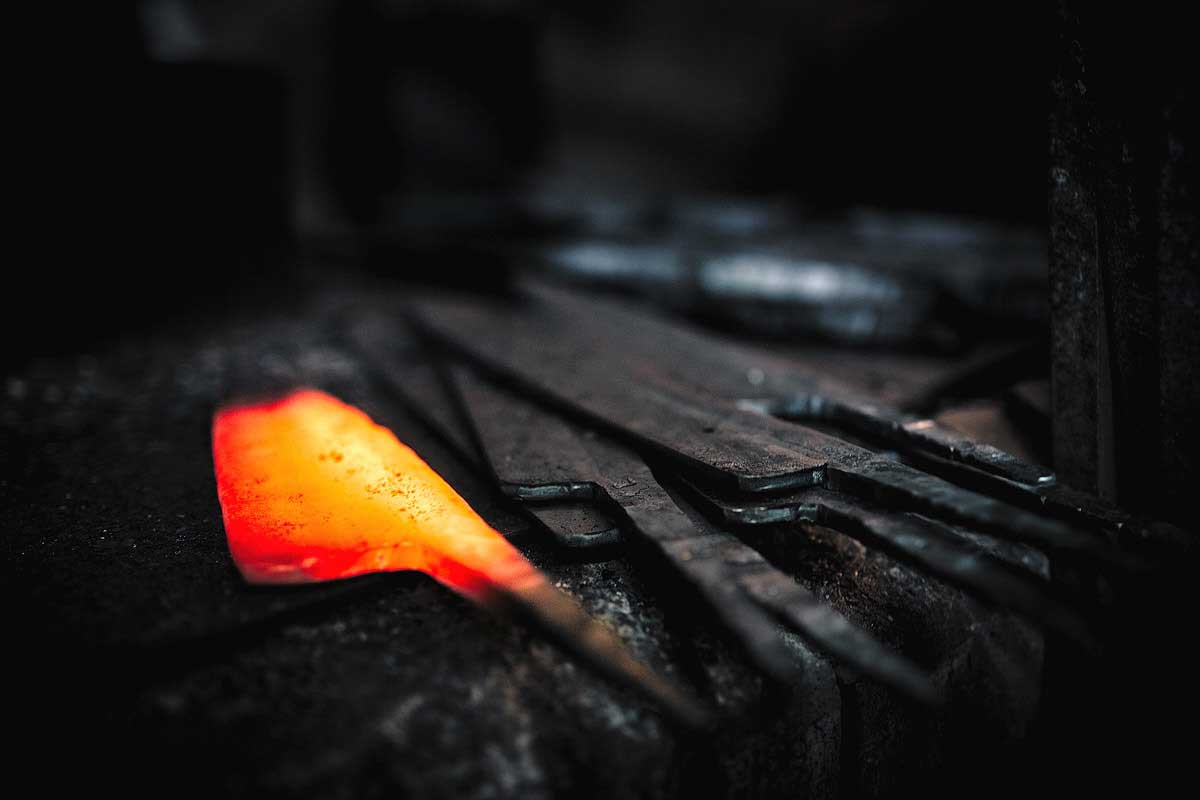
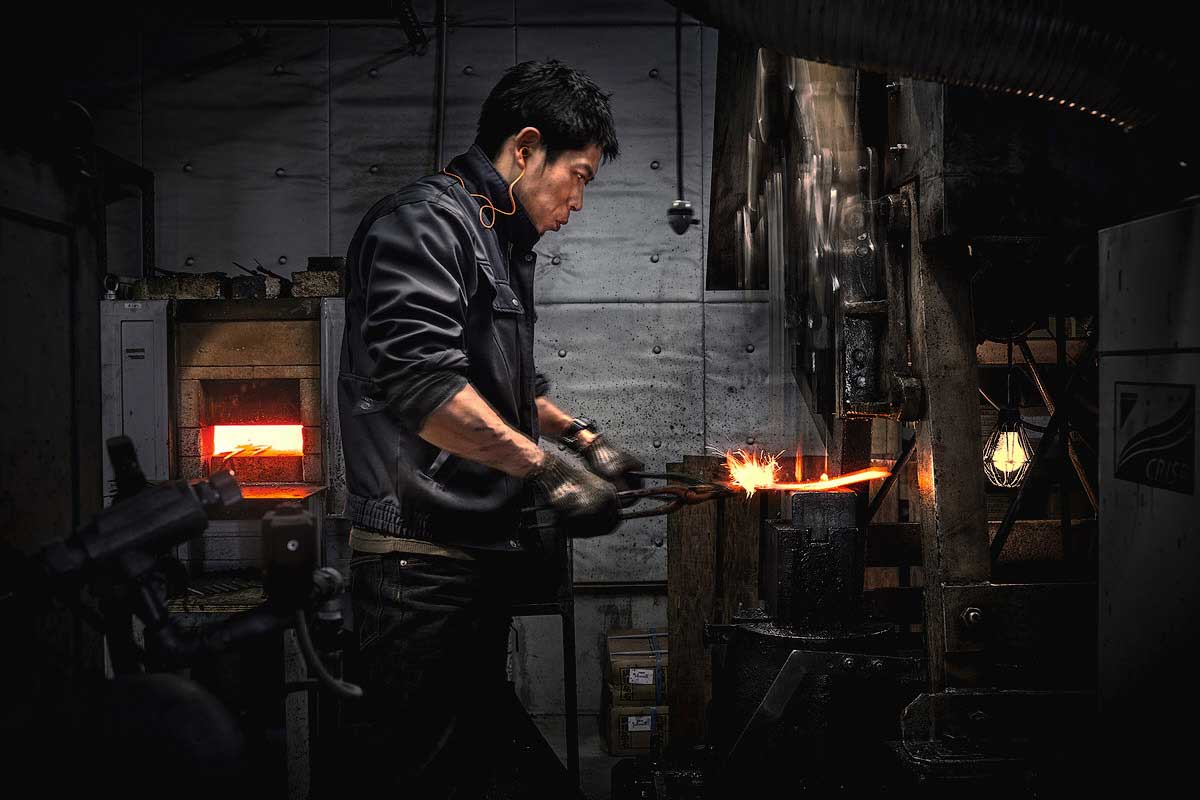
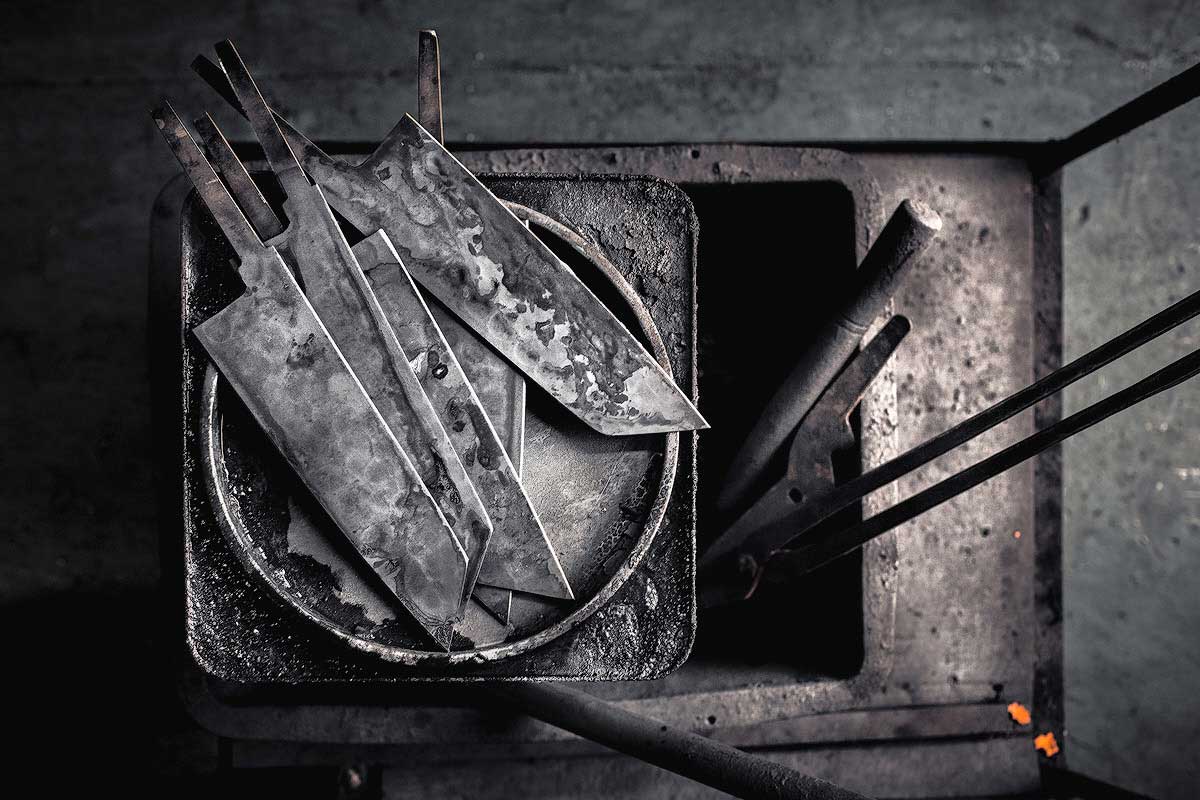
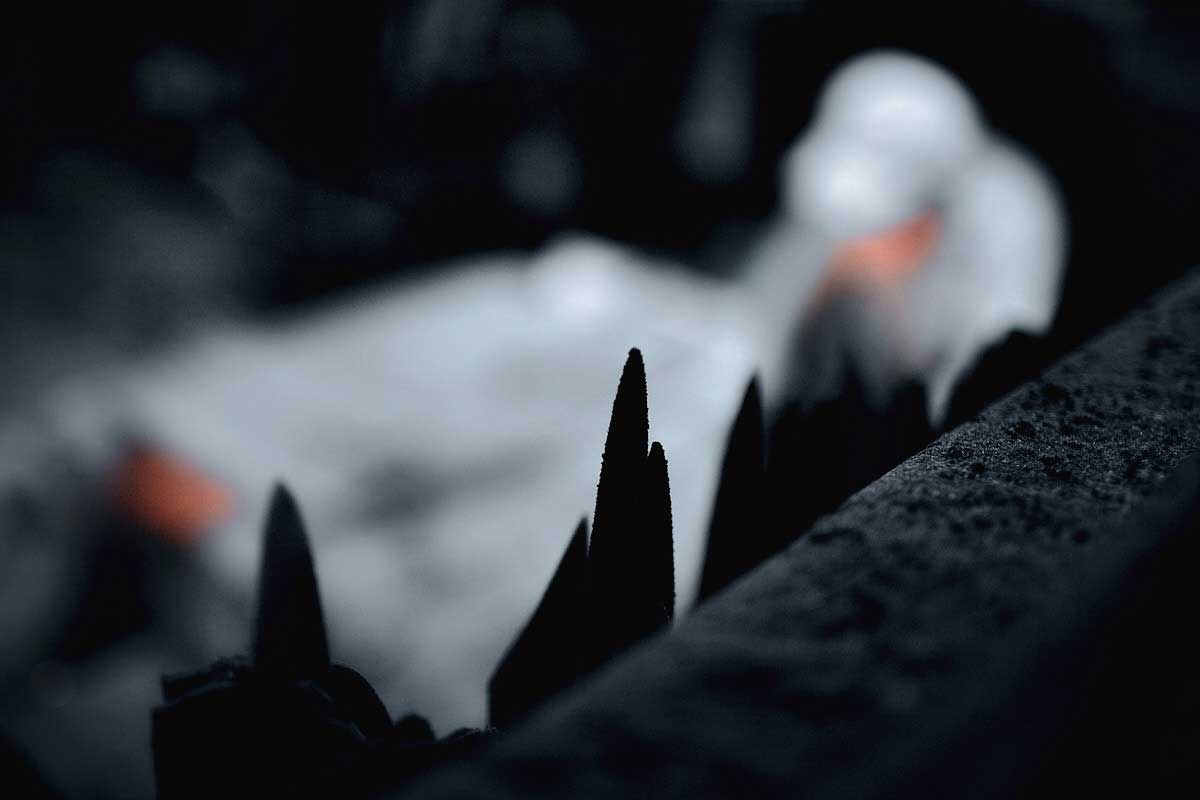
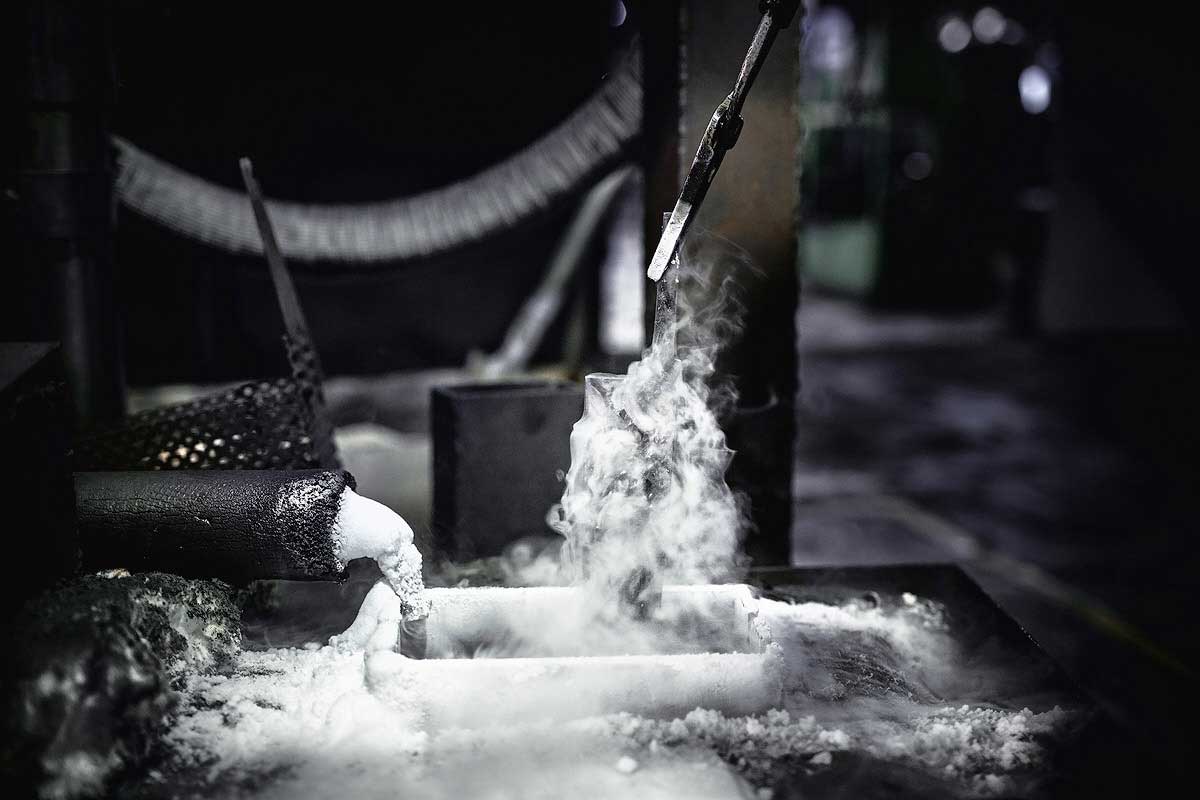
The steel blade is dipped into a liquid nitrogen of -195.79°C.
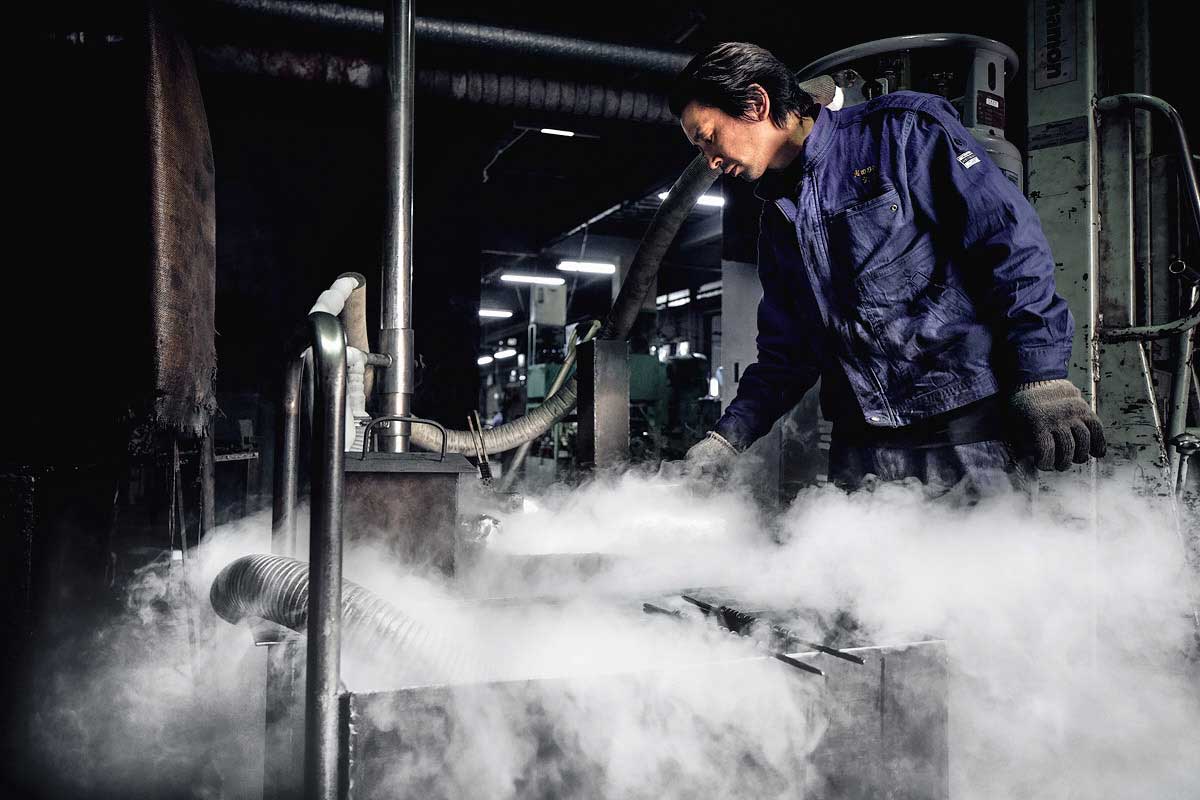
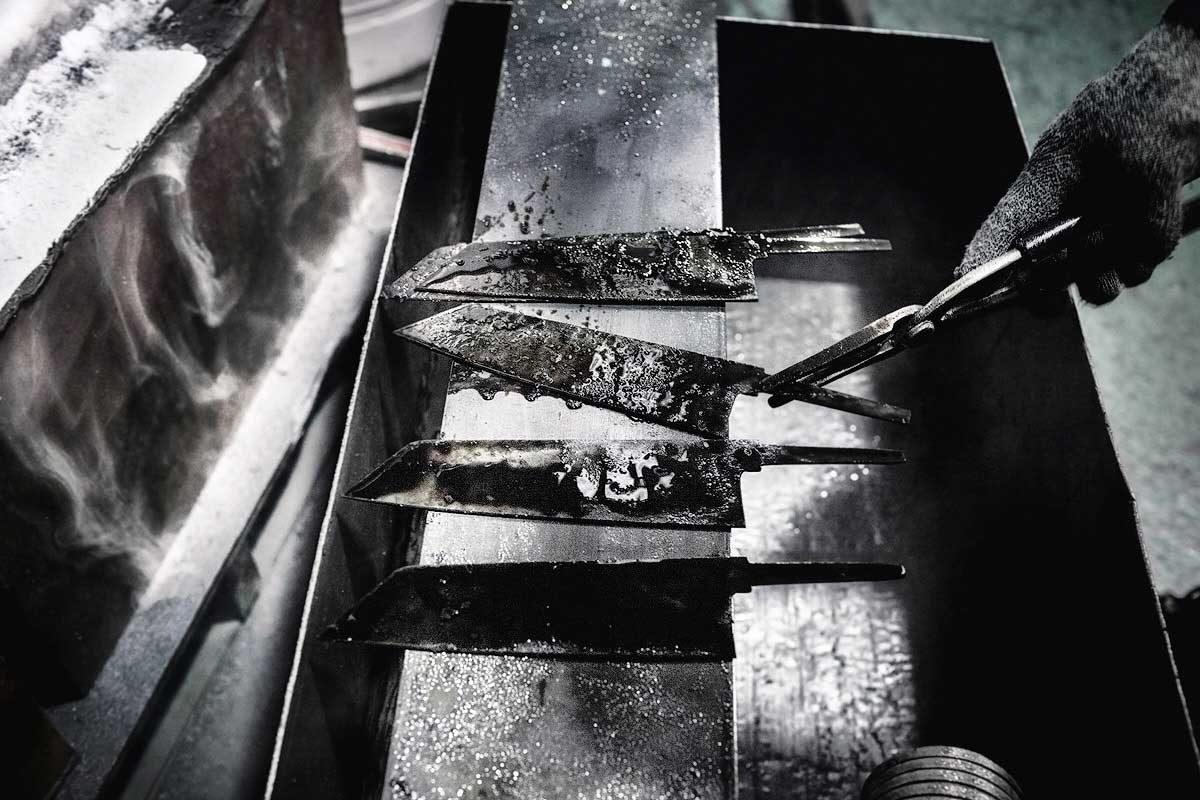
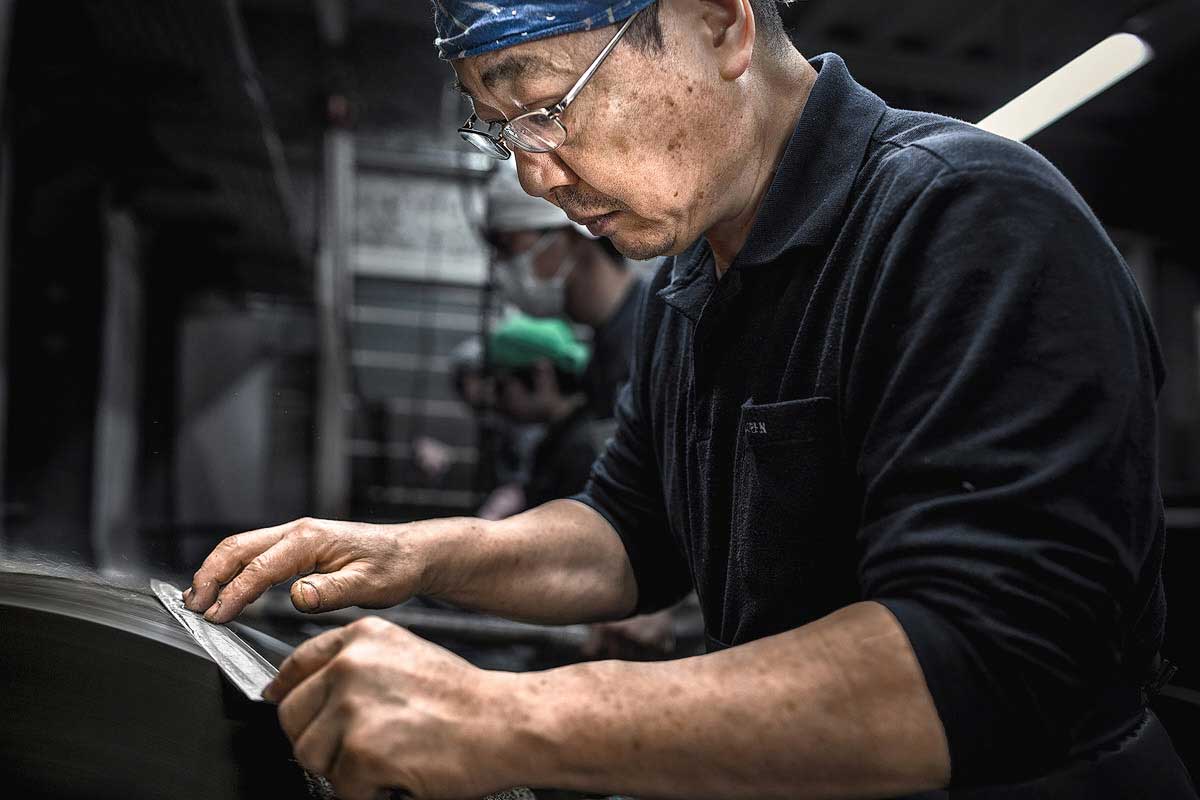
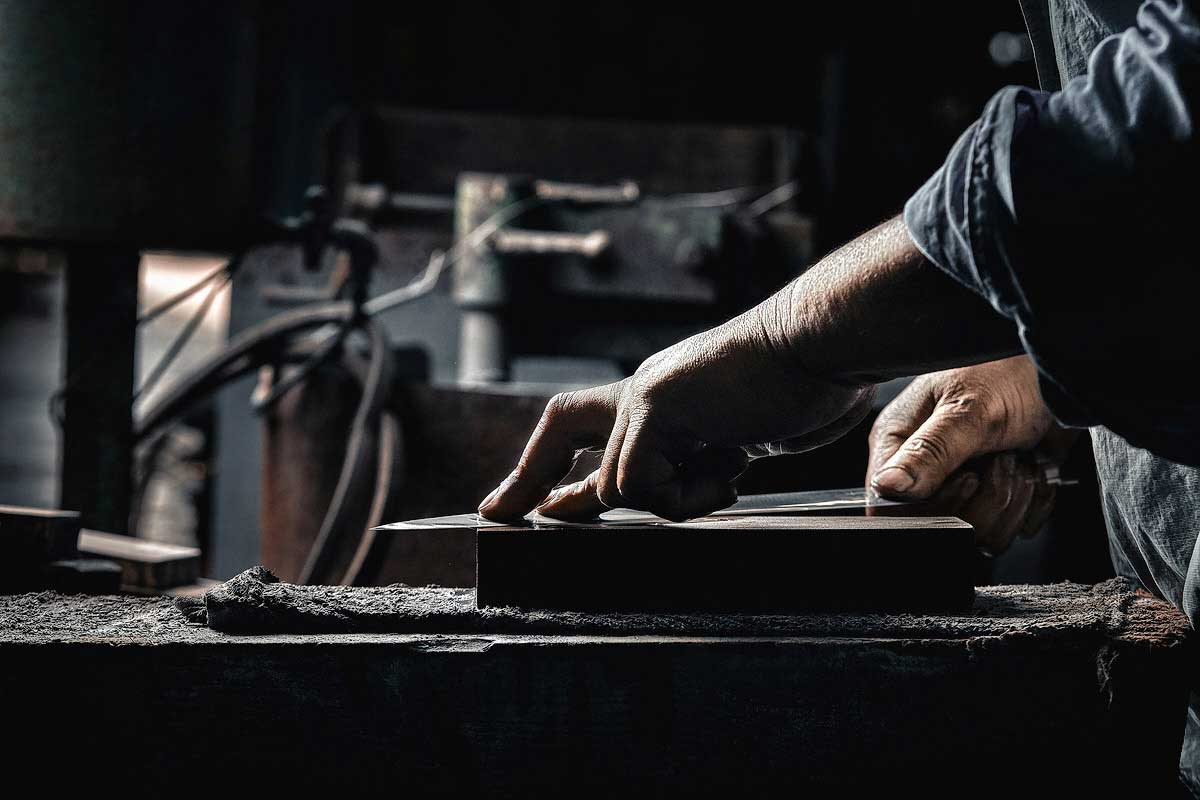
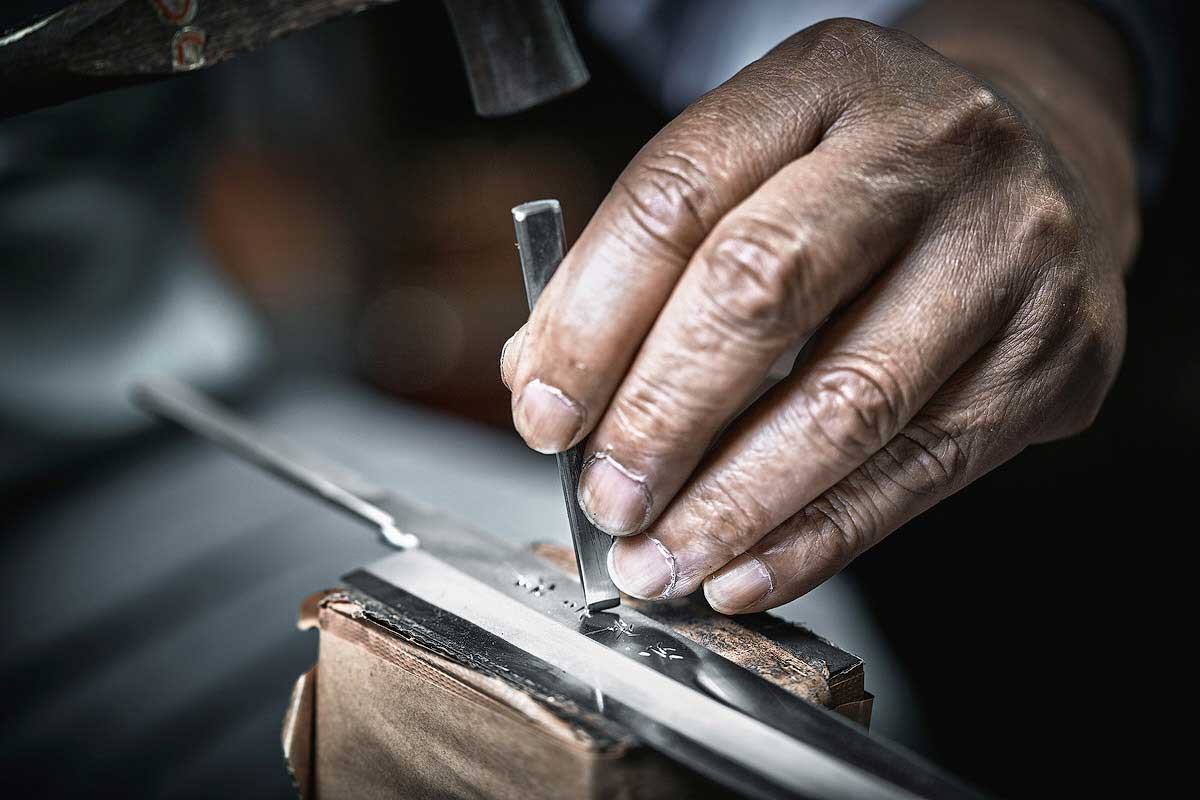
Special thanks goes to:
Oster Rob – www.osterrob.si – highly specialized dealer for Japanese knives and






